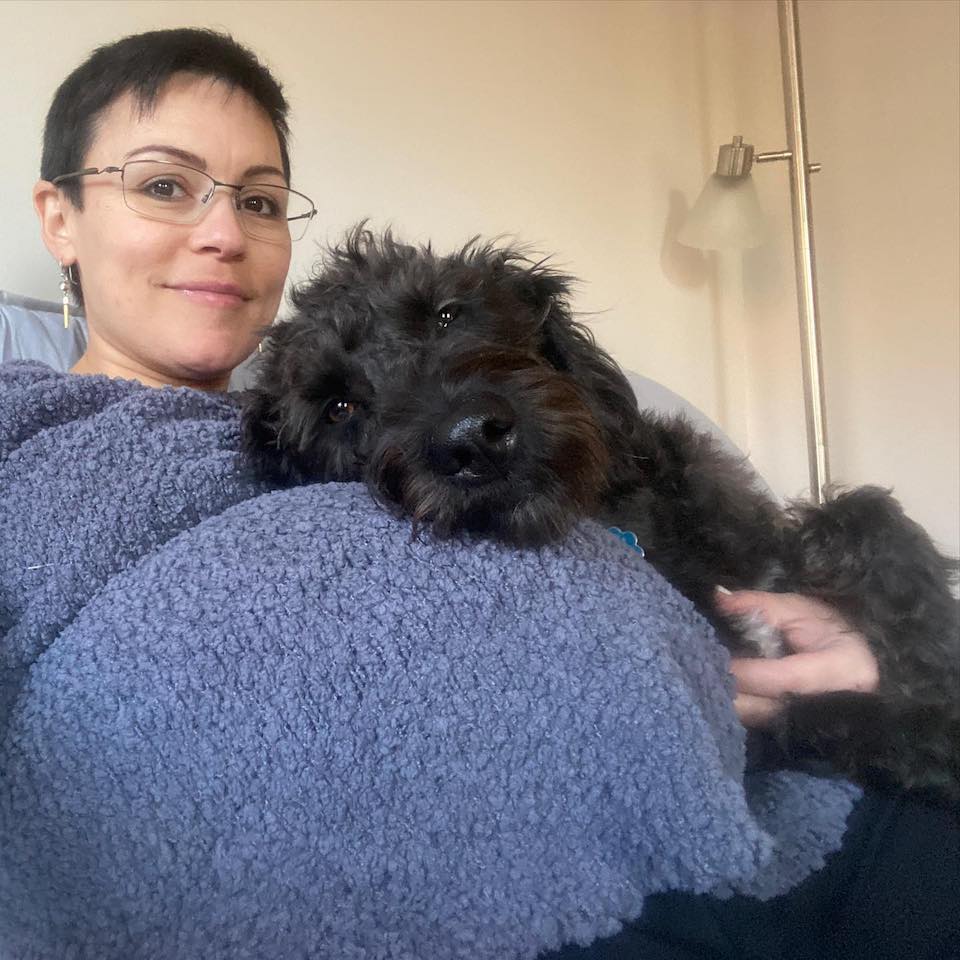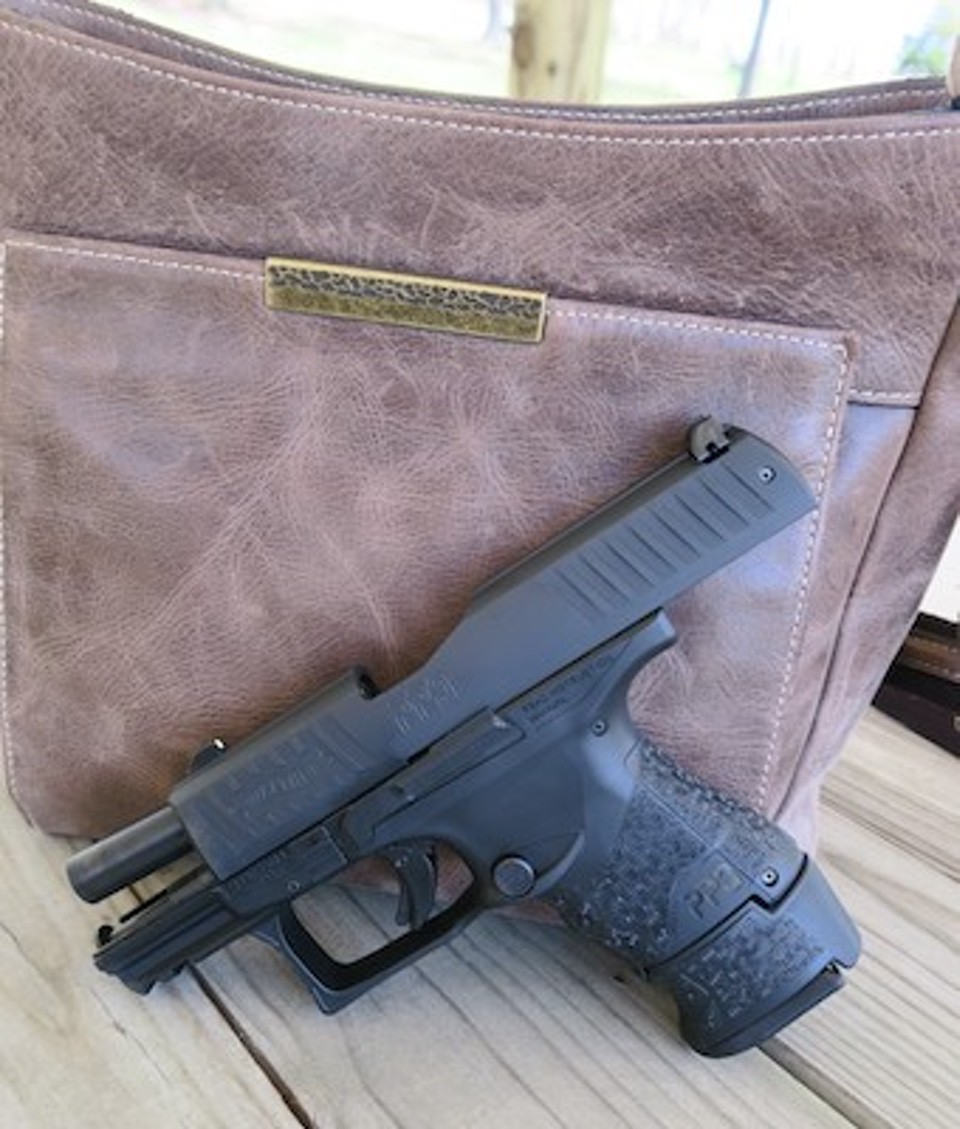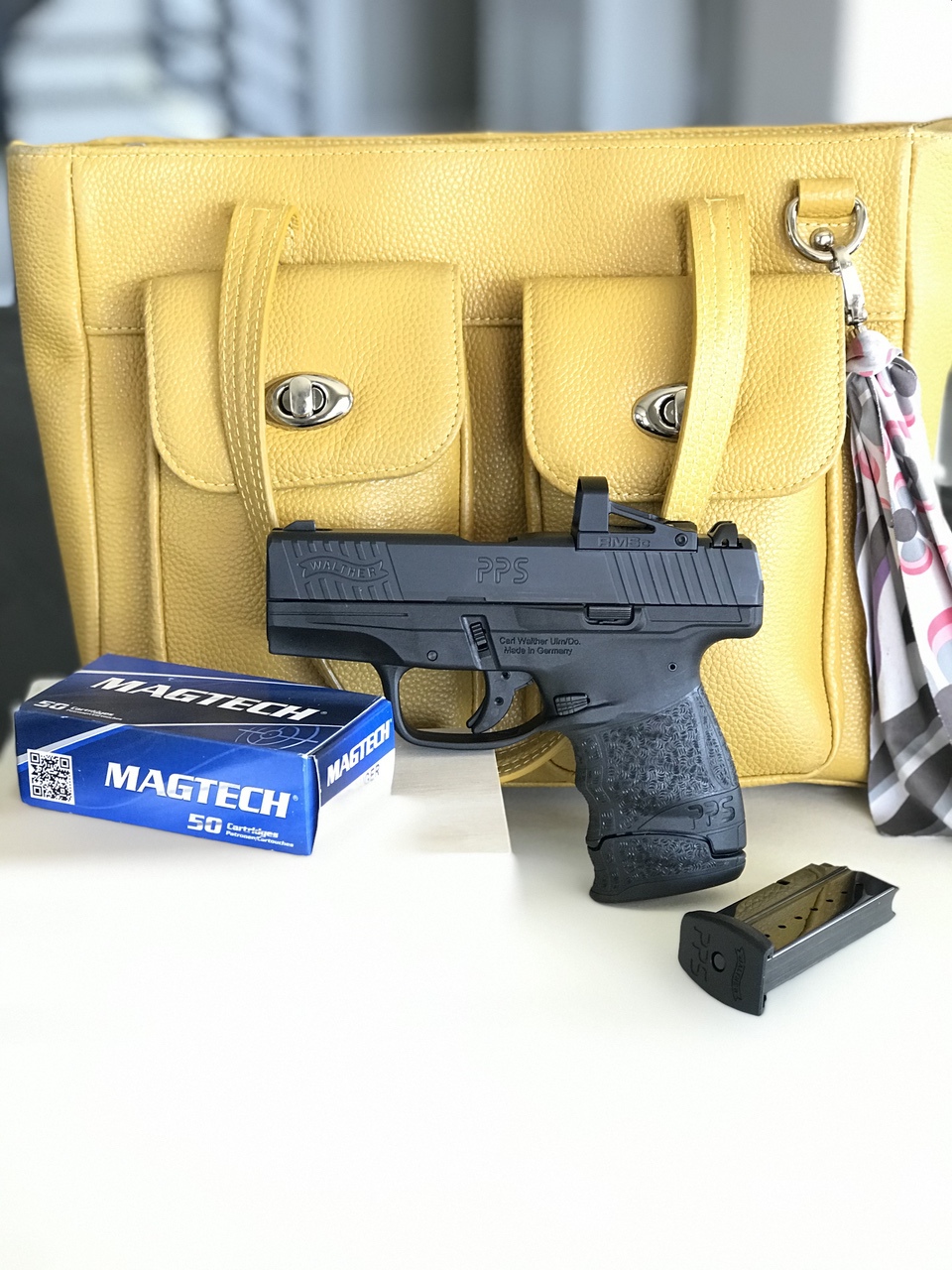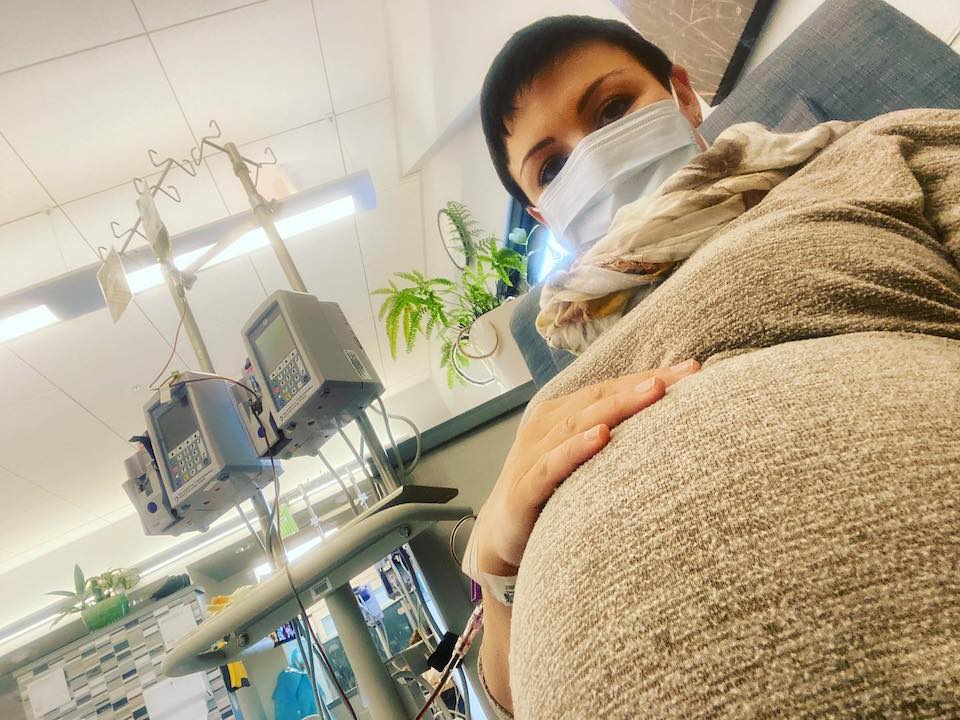Tatiana Whitlock, nationally renowned firearms instructor and pro-shooter for Walther Arms, wrote a series on “Concealing for Two,” surrounding firearms and pregnancy. It’s noteworthy to recognize that she is pregnant and applying all this advice and knowledge to her own lifestyle this year. Here’s the final piece to the series, the third trimester.
Sponsored by Walther Arms
Welcome to the third trimester. You’re in the home stretch, Mama! By now, you’ve tried many carry options and discovered what solutions best fit your body and lifestyle. These strategies may have worked great in the second trimester’s honeymoon phase, but things are about to change. New discomforts and symptoms may limit your daily routines and activities as your baby packs on the ounces and prepares for a grand entrance. For many women, this is the phase where transitioning to off-body may be the best option to continue carrying daily.

At this stage, many moms are experiencing fatigue, getting winded faster and needing to take more breaks throughout the day. Others are finding their bellies weigh so much that they need to start wearing supportive pregnancy belly bands to help carry their loads. Two other symptoms ramp up to influence how you carry concealed. The body has been increasing its production of a protein-based hormone called relaxin, a hormone that aids in pregnancy and delivery. Relaxin increases the elasticity of ligaments, cartilage and tendons, helping with the birthing process – but also, creating a fair amount of lower back and pelvic girdle pain. It also is responsible for what is commonly known as pregnancy clumsiness. Moms drop things more often and have an increased risk of injury as they become wobbly and more physically unstable. The physical discomfort of carrying a gun and some new logistical issue of mobility and range of motion may compel you to opt out of wearing the gun on your body.
Then there are Braxton Hicks contractions. These practice contractions can begin as early as the second trimester and increase into the third. Braxton Hicks contractions can be a painless, uncomfortable, or sometimes painful tightening of the muscles around the uterus. They are irregular, non-rhythmic and can taper off after 30 seconds to two minutes. (Concerned about Braxton Hicks? Consult your doctor for more information.) Wearing a firearm around your torso at this stage and through these contractions is a personal choice, because they can take you by surprise and alarm those around you based on their intensity. When coming to your aid, people tend to get touchy-feely as they try to help you stand or overreact, thinking you are in active labor. Being pregnant means warding off unwanted physical interaction in a way that non-pregnant people don’t have to manage.

The world of off-body carry offers some fantastic products and options. Concealed carry purses, bags and backpacks combine fashion and function to discreetly transport a semi-automatic handgun or revolver. Brands such as Gun Toten Mamas and Hiding Hilda offer a wide range of stylish, reliable and discrete off-body concealment bags.
The bag’s structure plays a vital role in its success. Beyond style, the bag should have these qualities:

When choosing a bag, there are some additional pregnancy-specific features worth considering:

As with any new carry method, gear selection, training and practice are vital. With off-body carry, there is an added level of complexity as the bag itself may not be physically attached to you at all times as with on-body carry. Remember that purses, backpacks, and other bags aren’t immediately identified by others as possessing firearms, but are an obvious receptacle for items of value and importance. Other people may sneak a peek into the contents of your bag, looking for money, keys, electronic devices or prescription medications. Little kids may be compelled to investigate your bag looking for snacks, candy or gum, toys, gadgets, or just from simple curiosity. None of these are circumstances where one would want another person to stumble upon a gun!
The third trimester means paperwork, additional tests, routine check-ups and serious discussions about labor and delivery. As you work through the many birth plans available through your healthcare provider or found online, add a section (for your eyes only) about how to transition your on-body or off-body carry gun into a secured location when the big day arrives. If your delivery is scheduled, induced, or pre-planned, storing your firearm at home is essential before leaving for the hospital. Hospitals do not recommend bringing valuables with you; most are not firearm-friendly locations. If your baby decides to arrive on his or her own terms, ensure that your partner, emergency support person, or closest friend is already “in the know” about managing your vital documents, birth plan, hospital bag – and your concealed-carry firearm.

Mindful daily routines and habits are necessary to prevent forgetting or leaving the bag behind or within reach of unauthorized persons. Before diving into off-body carry, think through your daily routine in detail and consider where and when you will take your bag with you. Consider where you would put it down and how you would maintain positive control of it at all times at home, in the car, and in public. With some preparation and mindful routine habits, off-body carry can be done safely, and keep your carrying concealed when on-body carry is no longer a viable option.
Read “Concealing for Two: The Second Trimester.”
Read “Concealing for Two: The First Trimester of Pregnancy.”

Check out Walther Arms’ fine line of options for concealed carry.
The Women's Outdoor News, aka The WON, features news, reviews and stories about women who are shooting, hunting, fishing and actively engaging in outdoor adventure. This publication is for women, by women. View all posts by The WON
Appreciate this perspective so much! This isn’t a topic that comes to mind very often personally. But, it’s of tremendous value going forward to help my clients and future clients. Thank you so kuch for sharing your wisdom and knowledge!
[…] Concealing For Two- The Third Trimester […]